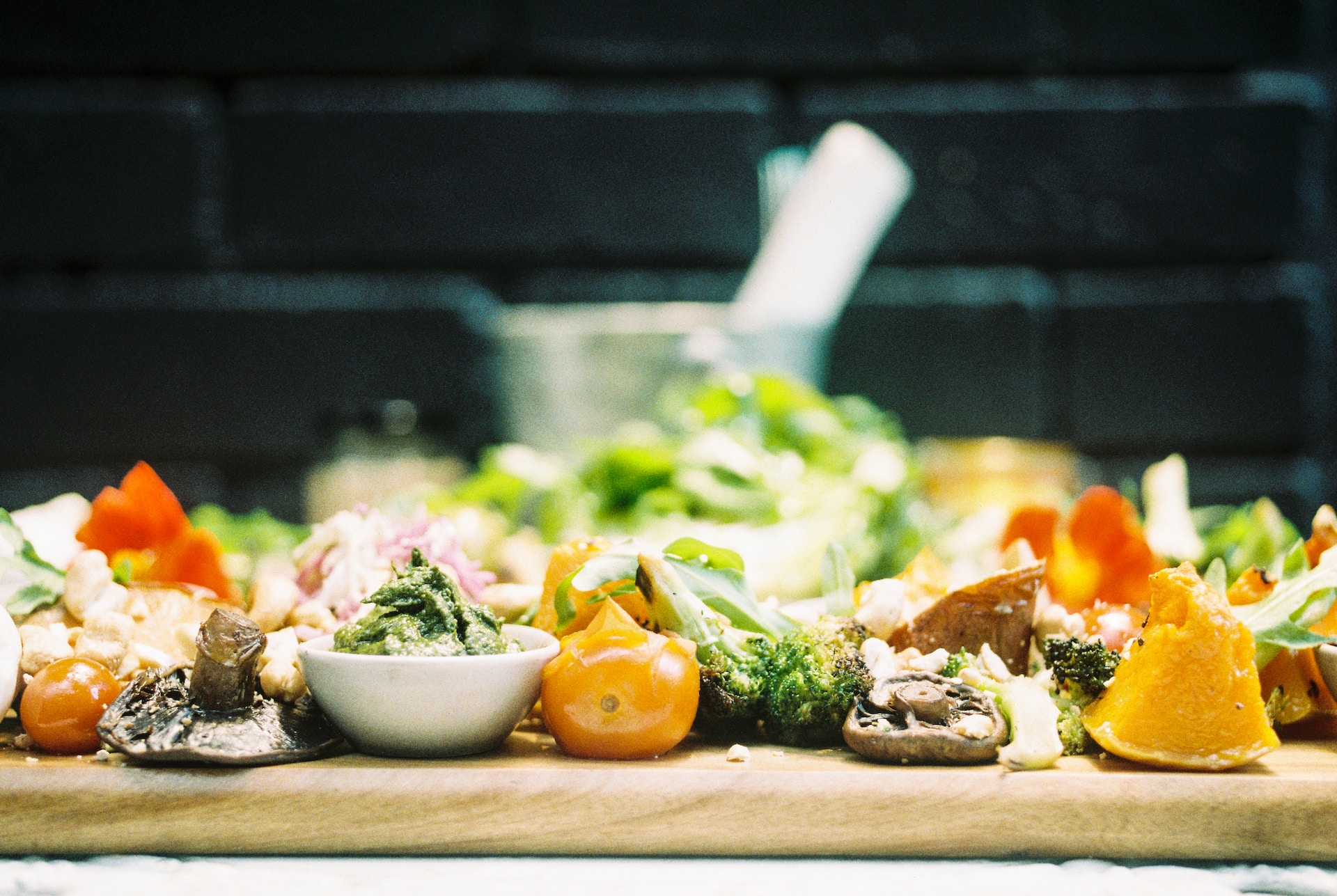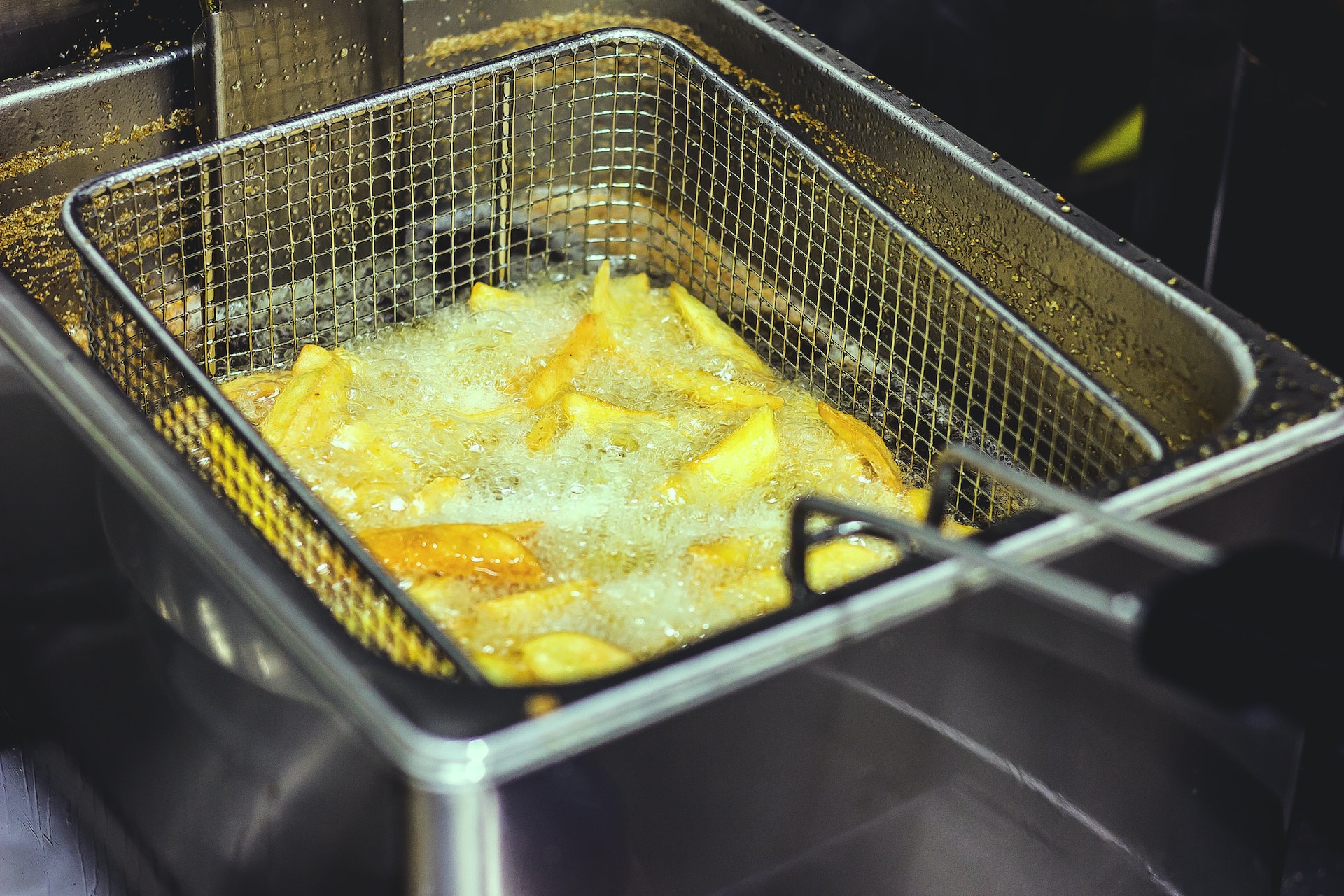As burger lovers, we all know that there’s nothing quite like biting into a juicy, warm burger that’s been cooked to perfection. However, the experience can quickly turn into a disappointment if the burger is served lukewarm or cold. In the restaurant industry, keeping burgers warm is crucial not just for customer satisfaction, but also for ensuring food safety. In this article, we’ll explore the various methods that restaurants use to keep burgers warm and tasty. From heat lamps to holding cabinets, we’ll dive into the science behind each method and look at the advantages and disadvantages of each one. So whether you’re a burger enthusiast or a restaurateur looking to up your burger game, this article is for you. Let’s get started!
There’s nothing worse than biting into a burger that’s lost its warmth, flavor, and texture. A burger that’s not warm enough can lead to a disappointing dining experience, causing customers to leave unsatisfied and unlikely to return. Additionally, burgers that are not kept at the right temperature can become a breeding ground for bacteria, posing a significant health risk to customers. As such, it’s essential that restaurants take great care in keeping burgers warm and safe for consumption.
Heat lamps
If you’ve ever been to a fast-food chain or burger joint, you’ve likely seen heat lamps in action. These lamps emit infrared radiation, which is absorbed by the food, creating heat and keeping the burger warm.
How heat lamps work
Heat lamps work by emitting a specific wavelength of light that’s absorbed by the food’s surface, creating heat. This is known as infrared radiation. The lamps usually consist of a heating element and a reflector, which focuses the heat onto the food. Heat lamps are typically mounted above the food, and the distance between the lamp and the food determines the intensity of the heat.
Advantages and disadvantages of using heat lamps
Heat lamps are a popular method of keeping burgers warm because they’re relatively inexpensive and easy to install. They’re also easy to control, allowing restaurants to adjust the heat intensity as needed. Additionally, heat lamps don’t add any moisture to the food, ensuring that the burger stays crispy and doesn’t become soggy. However, heat lamps can overcook the outer layer of the burger, leading to a dry and unappetizing texture. Additionally, heat lamps are only effective for a short period, and the burger can quickly cool down once removed from the heat.
Popular fast-food chains and restaurants that use heat lamps
Heat lamps are commonly used by fast-food chains such as McDonald’s, Burger King, and Wendy’s. These chains have a high volume of orders and need to keep burgers warm quickly to meet demand. However, heat lamps are also used by sit-down restaurants such as Red Robin and The Cheesecake Factory, where burgers are made to order and need to be kept warm while waiting to be served.
Warming drawers
Warming drawers are another popular method of keeping burgers warm in restaurants. These drawers are specially designed to maintain a constant temperature, ensuring that the food stays warm without overcooking or drying out.
How warming drawers work
Warming drawers are typically made of stainless steel and consist of a heating element and a thermostat. The drawers are designed to maintain a specific temperature range, usually between 140°F and 200°F, which is ideal for keeping burgers warm. The drawers are insulated to retain heat and have a humidity control feature, which prevents the food from becoming dry.
Advantages and disadvantages of using warming drawers
Warming drawers offer several advantages over heat lamps, including the ability to keep the food warm for a longer period without overcooking or drying out. They’re also more effective at keeping the burger’s temperature consistent, ensuring that every bite is as warm and tasty as the first. However, warming drawers can be more expensive than heat lamps, and they require more space in the kitchen. Additionally, they’re less effective at crisping up the burger’s exterior, which can result in a less satisfying texture.
Examples of popular fast-food chains and restaurants that use warming drawers
Warming drawers are commonly used by fast-food chains such as Subway, which uses them to keep sandwiches warm, and Chick-fil-A, which uses them to keep chicken sandwiches and nuggets warm. Sit-down restaurants such as Chili’s and TGI Fridays also use warming drawers to keep burgers warm and fresh for customers.
Holding cabinets
Holding cabinets, also known as holding ovens, are another popular method of keeping burgers warm in restaurants. These cabinets are designed to hold food at a specific temperature, allowing restaurants to keep food warm for extended periods.
How holding cabinets work
Holding cabinets are insulated chambers that have a heating element and a thermostat. The temperature is controlled by the thermostat, which ensures that the food remains at a constant temperature without overcooking or drying out. Holding cabinets are typically used to hold food before it’s served, and they’re commonly used in busy restaurants that need to keep a large volume of food warm for extended periods.
Advantages and disadvantages of using holding cabinets
Holding cabinets offer several advantages over heat lamps and warming drawers. They’re effective at maintaining a consistent temperature, which ensures that the food stays warm and fresh for longer periods. Additionally, holding cabinets are ideal for holding large volumes of food, making them a popular choice for busy restaurants. However, holding cabinets are typically more expensive than heat lamps and warming drawers, and they require more space in the kitchen. Additionally, holding cabinets are less effective at crisping up the burger’s exterior, which can result in a less satisfying texture.
Examples of popular fast-food chains and restaurants that use holding cabinets
Holding cabinets are commonly used by fast-food chains such as KFC, which uses them to hold fried chicken and other menu items, and Pizza Hut, which uses them to hold pizza. Sit-down restaurants such as Olive Garden and Outback Steakhouse also use holding cabinets to keep food warm and fresh for customers.
Other methods
In addition to heat lamps, warming drawers, and holding cabinets, there are several other methods that restaurants use to keep burgers warm. These methods are often used in conjunction with the primary methods to ensure that the food remains warm and fresh.
Foil wrapping
Foil wrapping is a common method of keeping burgers warm during transport or delivery. Restaurants will wrap the burger in foil, which helps to retain heat and moisture, ensuring that the burger stays warm and fresh. However, foil wrapping can lead to a less crispy exterior, which can result in a less satisfying texture.
Microwaving
Microwaving is another method that some restaurants use to keep burgers warm. The burger is briefly microwaved before serving, which helps to heat it up quickly. However, microwaving can lead to an uneven temperature, and the burger may become overcooked or dry.
Combination methods
Some restaurants will use a combination of methods to keep burgers warm, such as using a heat lamp to initially warm the burger and then placing it in a warming drawer or holding cabinet to maintain the temperature. This approach can help to ensure that the burger remains warm and fresh for extended periods.
Advantages and disadvantages of other methods
Foil wrapping and microwaving are generally less effective than heat lamps, warming drawers, and holding cabinets, as they can result in a less satisfying texture or an uneven temperature. However, these methods are often used in combination with the primary methods to ensure that the burger remains warm and fresh during transport or delivery.
Foil wrapping is commonly used by fast-food chains such as In-N-Out Burger and Shake Shack. Microwaving is less common but may be used by restaurants that need to quickly heat up burgers before serving. Combination methods are commonly used by sit-down restaurants that need to keep a large volume of food warm and fresh for customers, such as Applebee’s and Chili’s.
Factors influencing method choice
Several factors can influence the choice of method used by restaurants to keep burgers warm. These factors can include the size of the burger, the volume of orders, and the ambiance of the restaurant.
Burger size
The size of the burger can play a significant role in the method used to keep it warm. Larger burgers may require a longer warming period, which could make heat lamps less effective. In contrast, holding cabinets may be more suitable for larger burgers, as they can maintain a constant temperature for extended periods.
Volume of orders
Restaurants that have a high volume of orders may need to use more than one method to keep burgers warm effectively. For example, a fast-food chain that receives a high volume of drive-thru orders may use heat lamps to keep burgers warm during transport and then place them in holding cabinets to maintain the temperature.
Ambiance of the restaurant
The ambiance of the restaurant can also play a role in the choice of method used to keep burgers warm. For example, a sit-down restaurant may opt for a warming drawer or holding cabinet to keep burgers warm, as they can be more discreet and less obtrusive than heat lamps.
Texture and flavor
Different warming methods can create different textures and flavors in burgers. For example, heat lamps can create a crispier exterior, while holding cabinets can create a softer exterior. The choice of method may, therefore, depend on the desired texture and flavor of the burger.
Cost and space considerations
Finally, the cost and space considerations can also influence the choice of method used to keep burgers warm. Heat lamps are generally the most cost-effective method, while holding cabinets can be the most expensive. Additionally, holding cabinets require more space in the kitchen, which may be a consideration for smaller restaurants.
Overall, the choice of method used to keep burgers warm will depend on a variety of factors, including the size of the burger, the volume of orders, the ambiance of the restaurant, the desired texture and flavor, and cost and space considerations. By taking these factors into account, restaurants can ensure that their burgers remain warm and fresh, satisfying customers and promoting food safety.
Conclusion
In conclusion, keeping burgers warm is essential for ensuring customer satisfaction and food safety in the restaurant industry. Heat lamps, warming drawers, and holding cabinets are the most common methods used by restaurants to keep burgers warm. Each method has its advantages and disadvantages, and the choice of method will depend on several factors, including the size of the burger, the volume of orders, the ambiance of the restaurant, the desired texture and flavor, and cost and space considerations.
It’s important to note that different warming methods can create different textures and flavors in burgers, so restaurants should consider the impact on the food’s quality when choosing a method. Additionally, the technology behind these methods is continually evolving, with new innovations such as smart warming drawers and energy-efficient heat lamps being developed.
In conclusion, the importance of keeping burgers warm cannot be overstated, and the use of effective warming methods is crucial for promoting food safety and customer satisfaction. By understanding the advantages and disadvantages of different methods and taking into account the various factors that can influence method choice, restaurants can ensure that their burgers remain warm and fresh, satisfying customers and promoting food safety.




